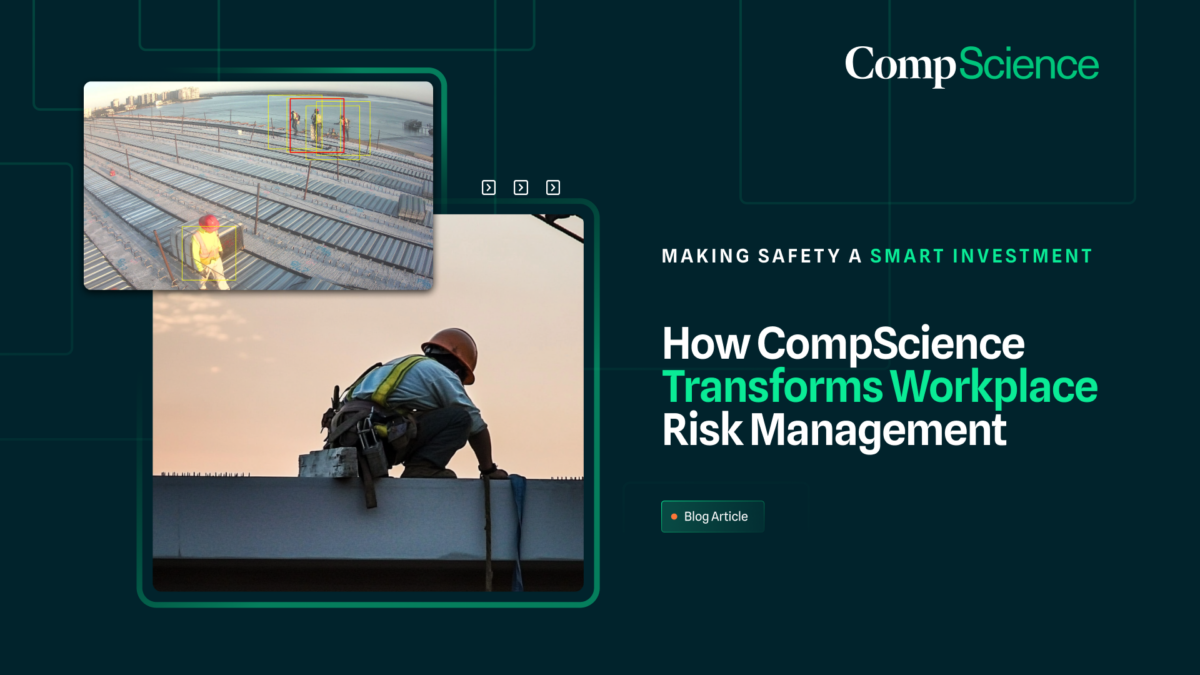
Making Safety a Smart Investment
How CompScience Transforms Workplace Risk Management Workplace safety goes beyond compliance. It is essential for business continuity, operational eff[...]
Read moreLatest Posts

Revolutionizing Workplace Safety with CompScience’s Risk Report
At CompScience, we believe that managing workplace safety should be simple, actionable, and impactful. That’s why our workers’ comp program includes a unique service: a personalized AI-powered Risk Report. This tool empowers clients to tackle safety concerns head-on, driving better outcomes, reducing injury rates, and lowering claims frequency. Our Risk Report isn’t just data; […]
Read more
How CompScience is Revolutionizing Workers’ Comp: Insights from Josh Butler on the InsurTech Geek Podcast
At CompScience, we’re driven by a mission to make workplaces safer and insurance smarter. Recently, our founder and CEO, Josh Butler, had the incredible opportunity to share our story and vision on the InsurTech Geek Podcast. In this episode, Josh explores the cutting-edge ways CompScience is leveraging AI, computer vision, and data science to […]
Read more
Winter Workplace Hazards: Tips for Hazardous Industries
Winter brings unique challenges to workplaces, especially in industries where medium to high hazards are already part of the environment. Icy conditions, heavier gear, and changes in workflow all contribute to increased risks. Addressing slip/trip/fall incidents, ergonomic challenges, and powered machinery hazards is critical to keeping workers safe and preventing costly workers’ comp claims. Here […]
Read more
The Power of Data in Ergonomics
At CompScience, we’re excited to share our recent feature in Business Insurance, which highlights how our AI-driven approach to ergonomics is helping companies create safer, more productive workplaces. The article, “Data Key for AI-Based Ergonomics Strategies,” emphasizes the critical role data plays in transforming how businesses approach workplace safety and injury prevention. The Power […]
Read more